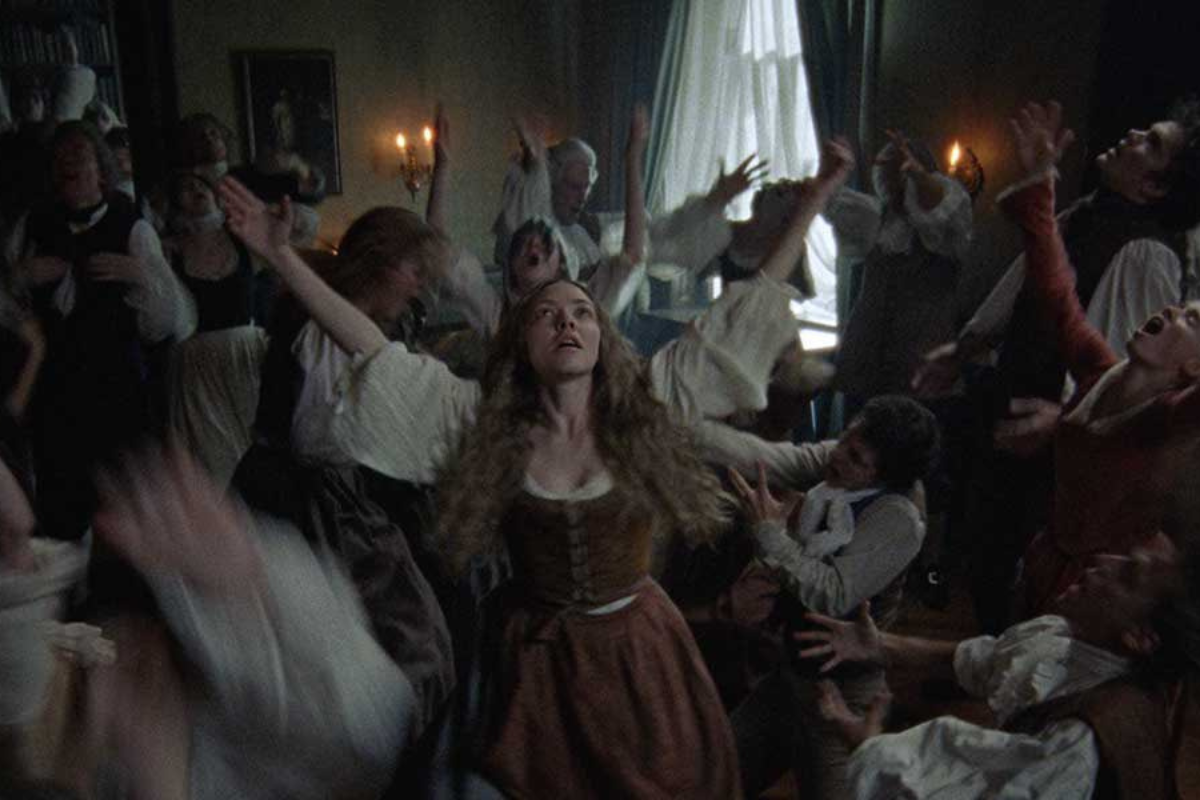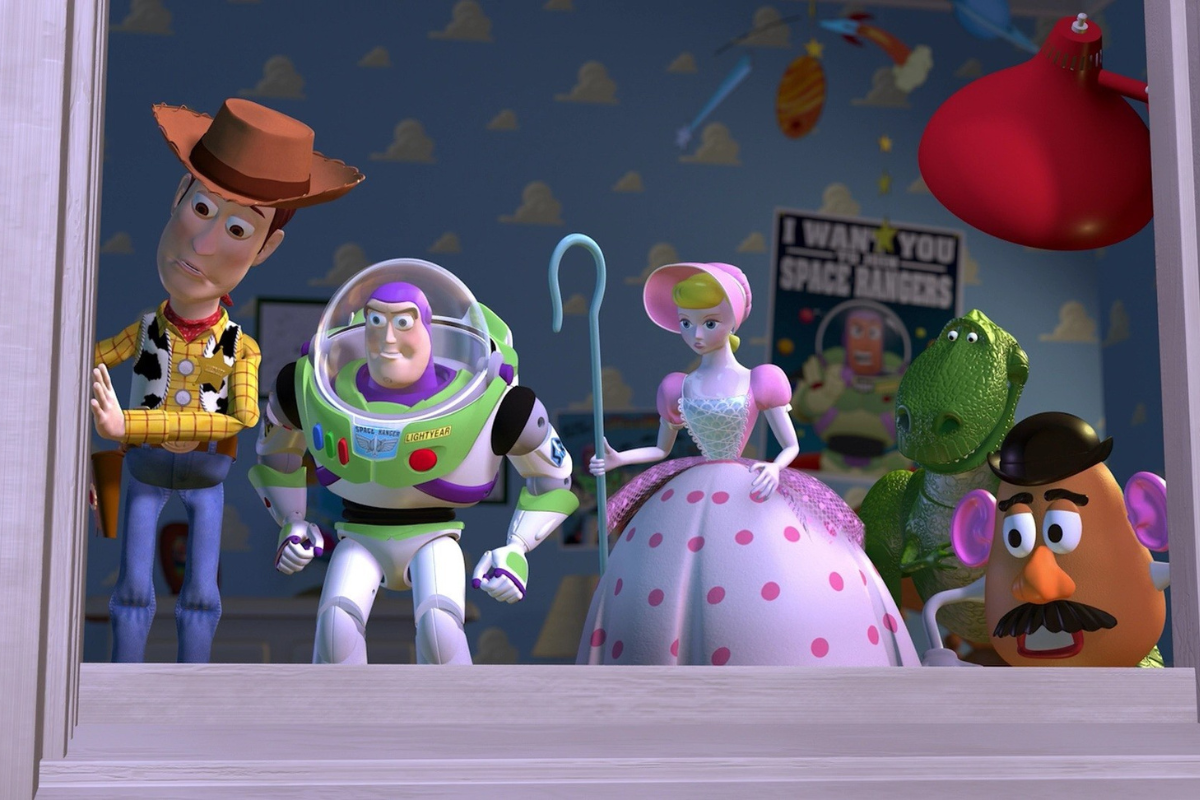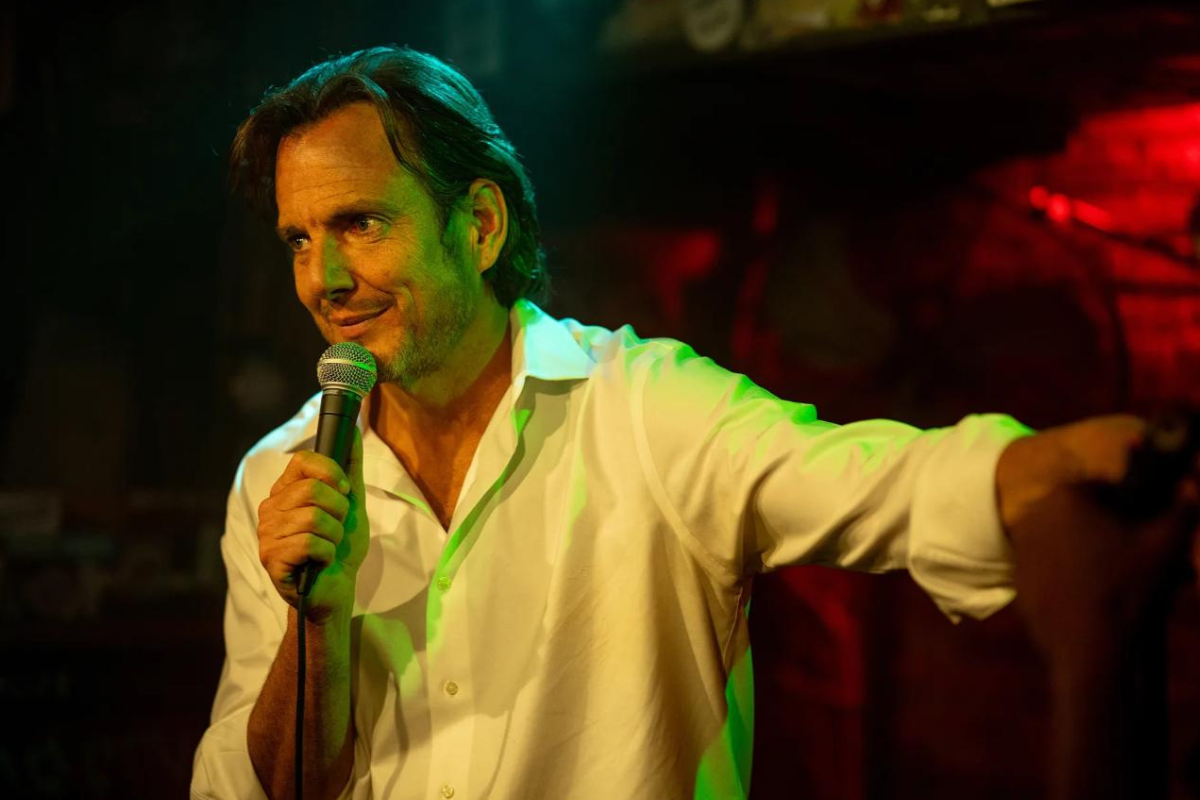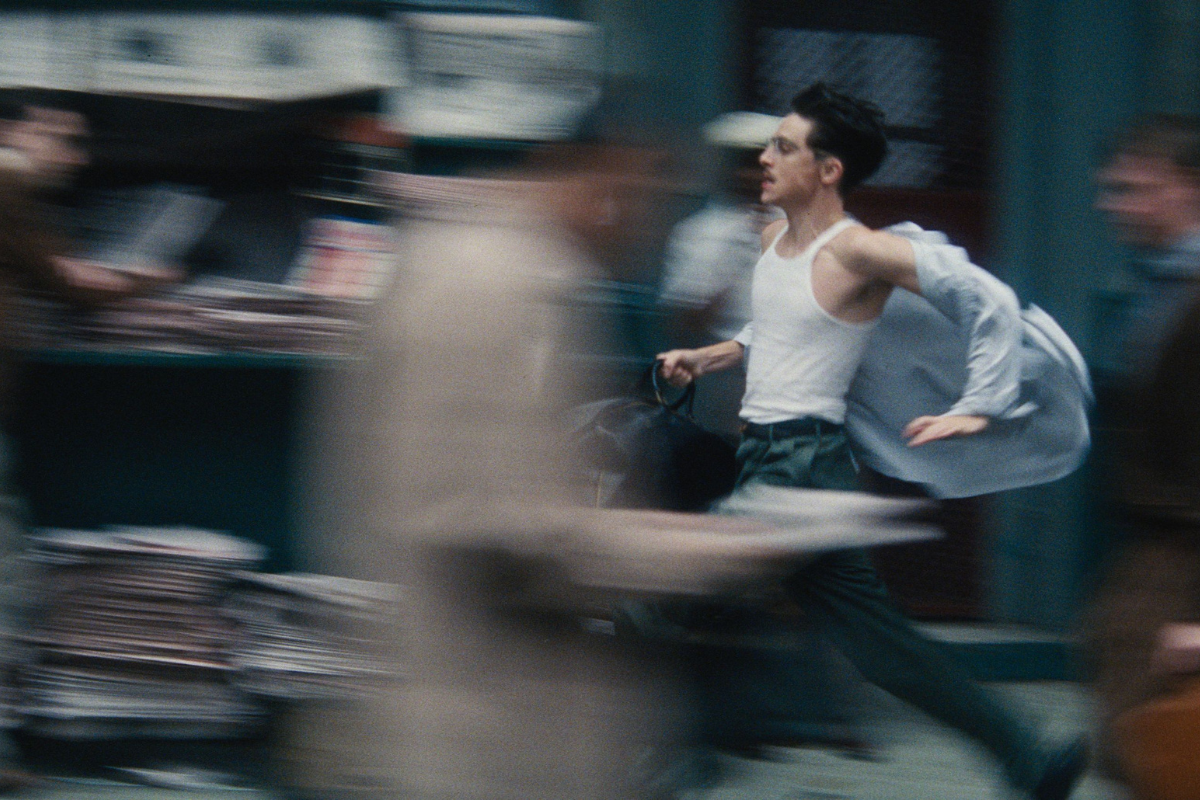Examining the Marvel Supervillains – Johann Schmidt AKA The Red Skull
A legendary Marvel Supervillain makes his debut in the Marvel Cinematic Universe. How does he stack up with the other antagonists in the MCU?
Michael Lee is a writer, script consultant, script reader and judge. He’s worked as a creative executive for a few production companies and as reader and judge for some of the most prestigious screenwriting contests in the country including PAGE and Final Draft Big Break. He’s recently optioned his latest project: a science-fiction comedy entitled How to Conquer the Earth. Follow Michael on Facebook and Twitter:@GoldenAgeofGeek.
So far we’ve covered the Marvel Cinematic Universe throughout its first phase from Iron Man, The Incredible Hulk, Iron Man 2 and Thor. This insanely ambitious project nears the completion of that first phase with the next entry.
Captain America: First Avenger is a strange paradox of a movie. Like all the previous MCU Phase One movies it was a huge commercial hit. But while all the Marvel movies scored well with the critics Captain America: First Avenger garnered the most critical praise since the original Iron Man. That praise is not misplaced. The movie is excellent and set the bar the Captain America series of films which have been the Marvel’s strongest and most consistent franchise to date.
But what about the movie’s supervillain?
How does this movie’s antagonist stack up against Loki or Whiplash? Strange as it may seem this may be the weakest supervillain yet. On a certain level it is one of the most disappointing. In fact Captain America: First Avenger for all its strengths is a textbook case of what can go wrong when translating a character from the comic book medium into film.
As last time a warning; SPOILERS AHEAD.
The Movie: Captain America: First Avenger
The Supervillain: Johann Schmidt AKA The Red Skull
The Red Skull isn’t just any Marvel supervillain. If there’s a Marvel Supervillain Mount Rushmore, Red Skull is on it. He has been a major figure in comics since his debut in 1941. The Red Skull has gone on to appear in nearly every Marvel animated series including kid friendly Spider-Man and His Amazing Friends and Super Hero Squad. So fans of the character were understandably upset when they heard Hugo Weaving wasn’t interested in reprising the role.
Why would a man who played Agent Smith in the Matrix and Elrond the Elf Lord in both Lord of the Rings and The Hobbit balk at a second go around as The Red Skull? Some people have assumed the actor just doesn’t like comic books. That may be the case but look at the character in comparison to the other Marvel cinematic villains.
In Captain America: First Avenger the relationship here between hero and villain is the most impersonal yet. Even Emil Blonsky who doesn’t have a close relationship with Dr. Banner still has some connection with the film’s protagonist. He has an identifiable motive that drives him, jealousy and revenge. Here The Red Skull and Captain America begin very far apart. When the movie starts Red Skull doesn’t even know that Steve Rogers exists. And that relationship stays pretty impersonal throughout the movie. There is something made about them both being the “sons” of Professor Eskrine. But that’s more of an intellectual connection not an emotional one.
The biggest pitfall with a character like The Red Skull is his motivation. Throughout his history The Red Skull has been the classic supervillain out for “World Domination.” But contrast this character with Loki from Thor. Loki acted out of jealousy and spite. A deep inner conflict drove him. In Captain America, Red Skull appears out of nowhere. The audience knows nothing about what drives him and learns nothing. He wants to rule the world because he wants to rule the world. There’s no way for the audience to relate to him.
Also The Red Skull isn’t written with the same care and texture that went into the previous Marvel supervillains. There’s a scene in the first act that epitomizes this. Arnim Zola played by Toby Jones enters the scene to discuss Professor Eskrine the man who will turn Steve Rogers into Captain America. The scene and the dialogue are pure exposition. Zola and Red Skull say out loud things their characters already know. Contrast this with the ARC reactor scene from Iron Man. This scene’s primary purpose is exposition. But when his tech tells Obadiah Stane he can’t recreate the ARC reactor Stane explodes. He screams, “Tony Stark built this in a cave!” Suddenly this scene is no longer dry exposition. It is an emotional scene that reveals the depths to which Stane resents Tony Stark. Hugo Weaving never got a chance to do anything like that with his character. Maybe that’s why he’s so lukewarm about returning to the role.
But how can a movie be good if its antagonist is flawed? The answer is the two leads (three really if you count Sebastian Stan as Bucky Barnes.) Hayley Atwell made such an impression as Peggy Carter that she ended up with her own TV series. And just as Tom Hiddleston knocked it out of the park with his turn as Loki, Chris Evans nailed Steve Rogers. Evans had been around a while at this point and had even been part of another Marvel franchise. But this movie really focused on the character of Steve Rogers and the strength of this movie and its sequels is what they’ve been able to do with that character.
Other would be franchises need to take note: this is how you take a man of principle and morals and make him interesting and dynamic. Yes a good hero needs a good antagonist but this is where the movie is truly inspired. The Red Skull is the main antagonist but he’s far from the only antagonist Steve Rogers must overcome. At the very start we see him fighting. He isn’t fighting against an agent of Hydra or a Nazi soldier. He’s fighting against a neighborhood bully. Even though he’s literally a ninety pound weakling Steve refuses to give up. Right away we learn the most important thing about Steve Rogers; he will do what he considers to be the right thing no matter what it costs him. That becomes the central theme for both this movie and its sequels. Even after Steve Rogers is transformed into the world’s first super soldier his fight is far from over. General Philips thinks a solitary soldier, even one with enhanced strength and speed can’t be of much use. Senator Brandt thinks he’d be better off selling war bonds. These men aren’t villains but they are antagonists because their idea of what’s right differs greatly from Steve’s. Fighting one’s enemies is easy. Fighting one’s friends and allies is a lot harder. That’s something the movie establishes very clearly and it’s an idea the sequels will explore to great effect.
Despite the flaws Captain America: First Avenger is a very successful movie. The Red Skull is nowhere as compelling as Loki or Obidiah Stane but he is intimidating and a credible threat to the heroes. But this just serves to prove that a movie is more than the sum of its parts. The Red Skull hasn’t been seen since 2011 and there’s no hint that he’ll be making a return despite his importance to Marvel comics history.
So now with the first phase of the Marvel Cinematic Universe winding down it was time for one of their best villainous creations to make a triumphant return.
- More articles by Michael Lee
- Examining the Marvel Supervillains - Loki
- Super-Hero, Super-Change: Evolution of the Spider-Man Characters in Development Process
Get more help crafting the perfect villain with Kathy Berardi's webinar,
The Craft of Writing Great Villains
Michael Lee is a writer, script consultant, script reader and judge. He’s worked as a creative executive for a few production companies and as reader and judge for some of the most prestigious screenwriting contests in the country including PAGE and Final Draft Big Break. The last five years his life has consisted of reading lots and lots of screenplays. He’s recently optioned his latest project: a science-fiction comedy entitled How to Conquer the Earth. Follow Michael on Facebook and Twitter: @GoldenAgeofGeek.







